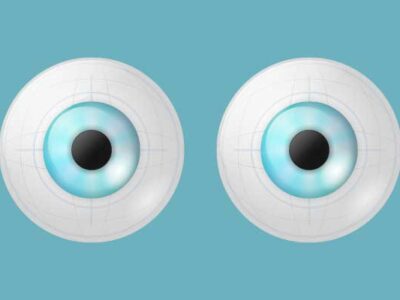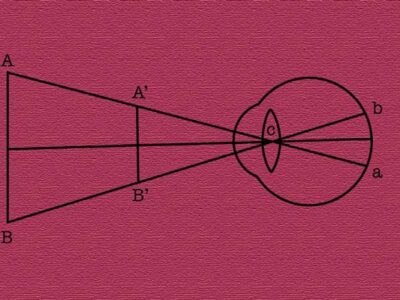EyeLink 3 Screen Pixel Data
The EyeLink 3 simultaneously tracks both eye and head movements at up to 1000 Hz. The standard six degrees of freedom (6DOF) head data …
SHIPPING NOW – the EyeLink 3. Combined head and eye tracking at up to 1000 Hz.
The EyeLink 3 simultaneously tracks both eye and head movements at up to 1000 Hz. The standard six degrees of freedom (6DOF) head data …

Research into head movements can provide insights into a wide range of topics, including non-verbal communication, attention, and …

People lie. Some people lie a lot and proficiently. Given this unsettling (and somewhat unsurprising) fact, an objective means by which …

John Sweller developed cognitive load theory in the late 1980s to explain how a task’s difficulty level can affect our ability to …

Another year has passed (and what a year…), and we’ve updated our publication database again. 2020 may not have been a vintage year in …

Eye-tracking research can sometimes feel like a bit of a terminological minefield, particularly if you are new to the topic. In this …

It is not uncommon to see an adult hold up a finger and move it across a baby’s field of view to determine if the baby can fixate …

The concept of visual angle is critical to many aspects of eye-tracking research, but it is one of those things that people are somehow …
Researchers are increasingly using eye trackers to explore changes in pupil size (pupillometry) in order to reveal insights into …
Researchers are increasingly aware of the benefits of combining eye tracking with EEG and other neurophysiological recording equipment. …
What is eye-tracking? Put simply, eye tracking is the process of measuring eye movements. A typical goal for eye-tracking research is to …
